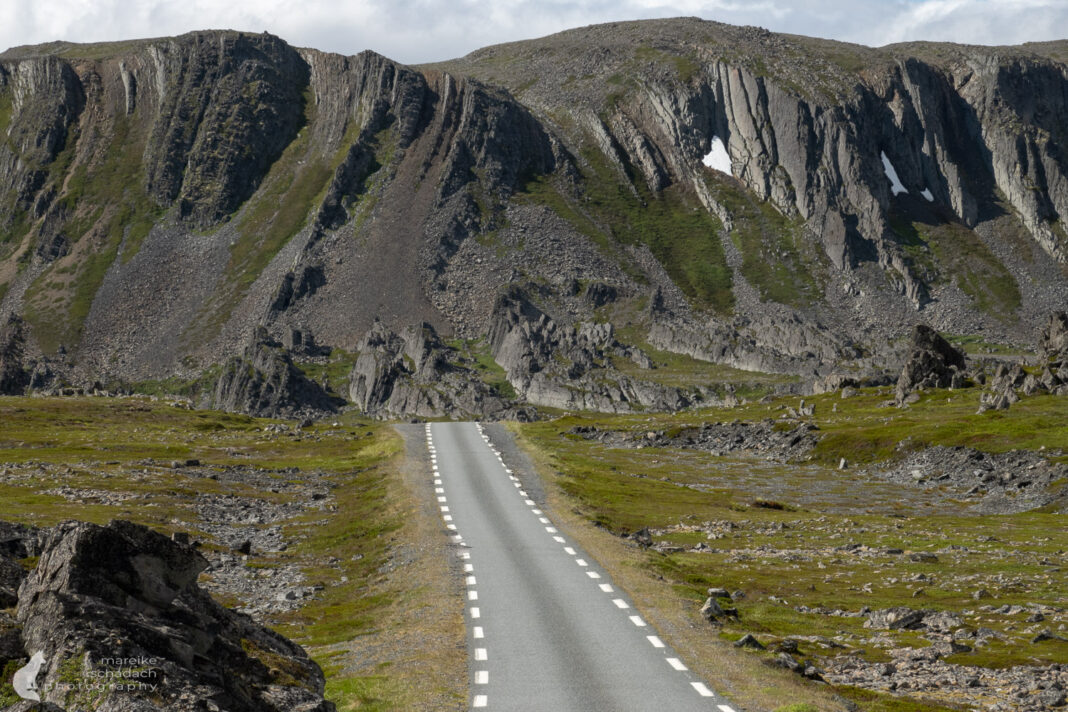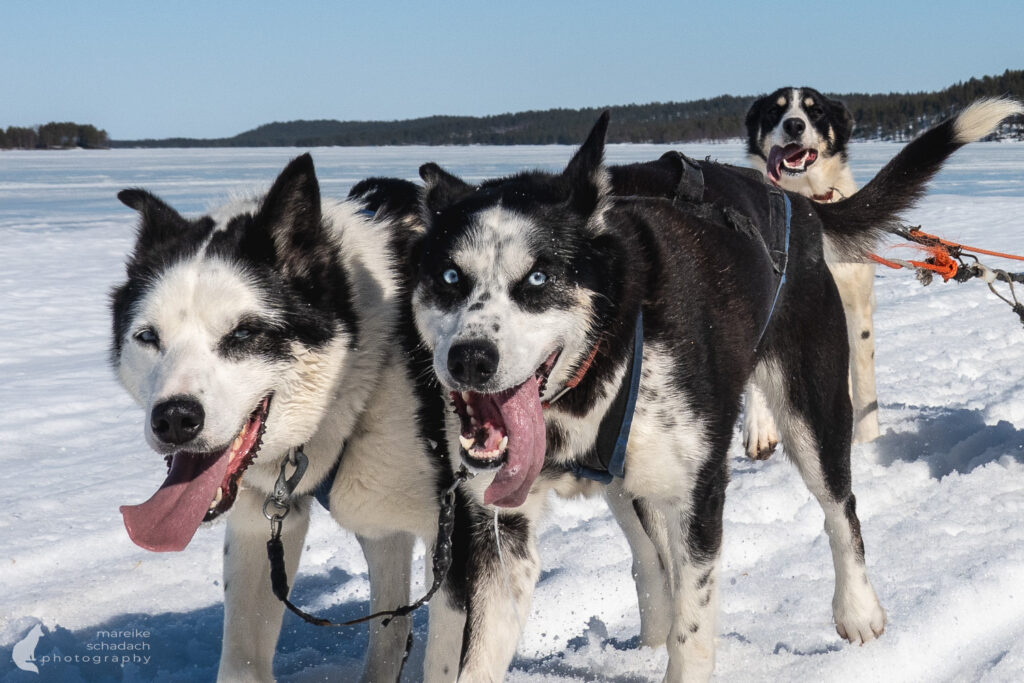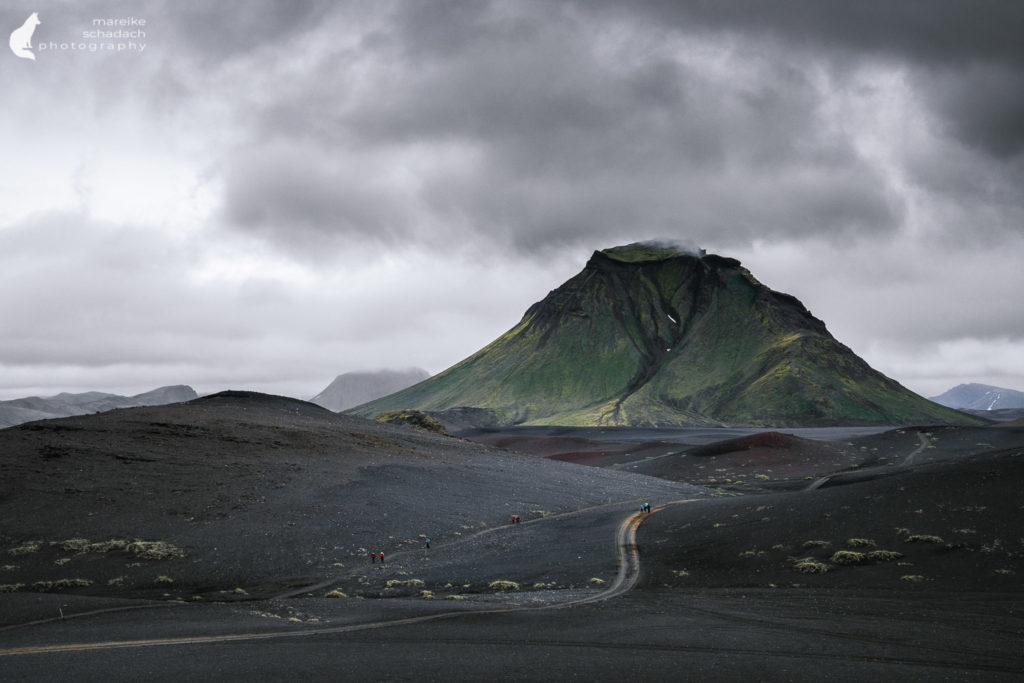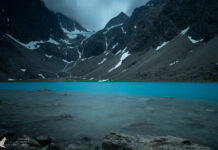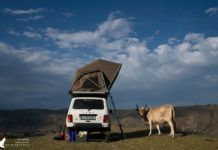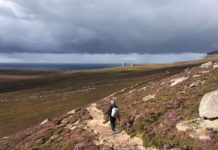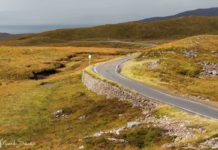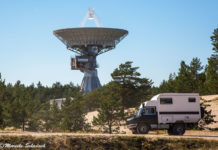NorwayHistory, culture, and nature are strung together like pearls on a necklace along the Varanger Fjord National Scenic Route. The further north-east you drive, the more spectacular the landscape becomes, the more reindeer are spotted, and visiting the bird island of Hornøya is an unforgettable experience. In the following article, I'll show you what I particularly liked about the Varanger Scenic Route.
Unassigned, unpaid advertising. The article contains affiliate links.

Overview
The Varange Scenic Route is one of Norway's 18 national tourist routes and is particularly scenic. It runs for 160 km along the shores of Varanger Fjord from Varangerbotn to Hamningberg. You will see lunar landscapes, golden beaches, rolling hills, barren mountain ridges, birch forests, and swamps. And of course lots of reindeer and birds. You will also pass historically interesting places. The history of the Sami people, the Finnish settlers, the proximity to Russia, and finally the Second World War can be experienced in many areas and in various museums.
The road between Svartnes and Hamningberg is narrow and winding. Take your time when driving and enjoy the scenery. The road is closed in winter (November/December to April/May). Important to know: There is no petrol station or store on this section of the Varanger Fjord National Scenic Route. You will definitely be staying longer than planned, so take plenty of food and drink with you.
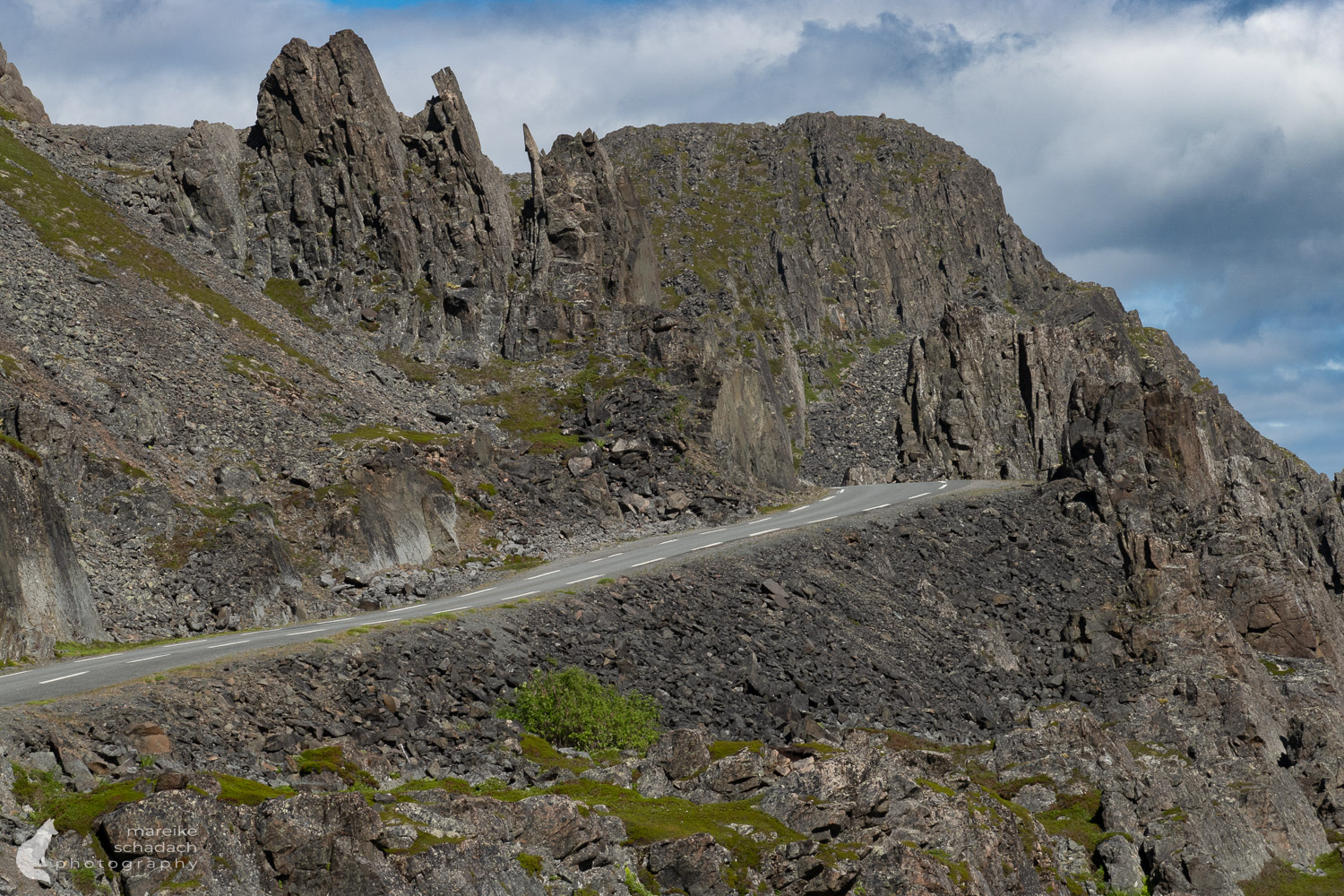
Varanger Sami Museum in Varangerbotn
The Varanger Sami Museum is dedicated to the history of the Sami at the Varangerfjord, Sami prehistory, and contemporary Sami culture. The modern information presented here goes far beyond the basic information available in many other exhibitions. The main building was built in 1994 and is inspired by traditional Sami architecture.
For an overnight stay, I can highly recommend the 8-Season Hotel gegenüber vom Museum sehr empfehlen.
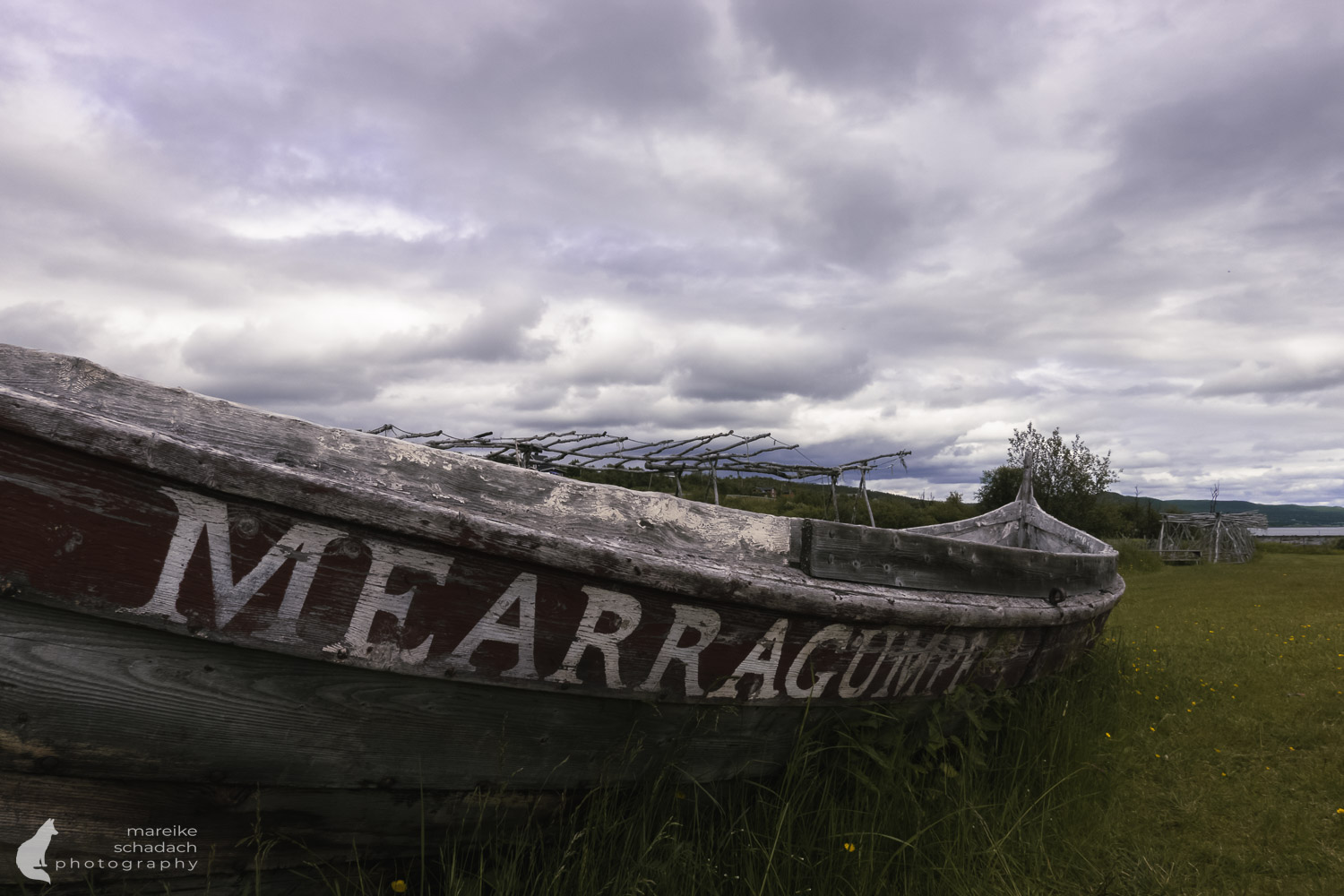
Ceavccageaðge/Mortensnes
The Ceavccageaðge/Mortensnes area is considered one of the richest and most diverse cultural regions in Scandinavia. Remains from the past document 10,000 years of uninterrupted settlement. The traces of the settlements can be seen today as the remains of campsites, turf houses, and other dwellings as well as sacrificial sites and graves. The burial ground along the coast was used until the 17th century when the Christianization of the Sámi in Varanger began. In Sámi, the place is named after one of the sacrificial stones: Ceavccageaðge, which means fish oil stone. This vertically upright stone was coated with fish oil to ensure the luck of the catch.
There is a free hiking trail through the area, and a museum with a small café is open in summer. There is also a small peat house within the museum grounds, where you can stay overnight by prior arrangement.
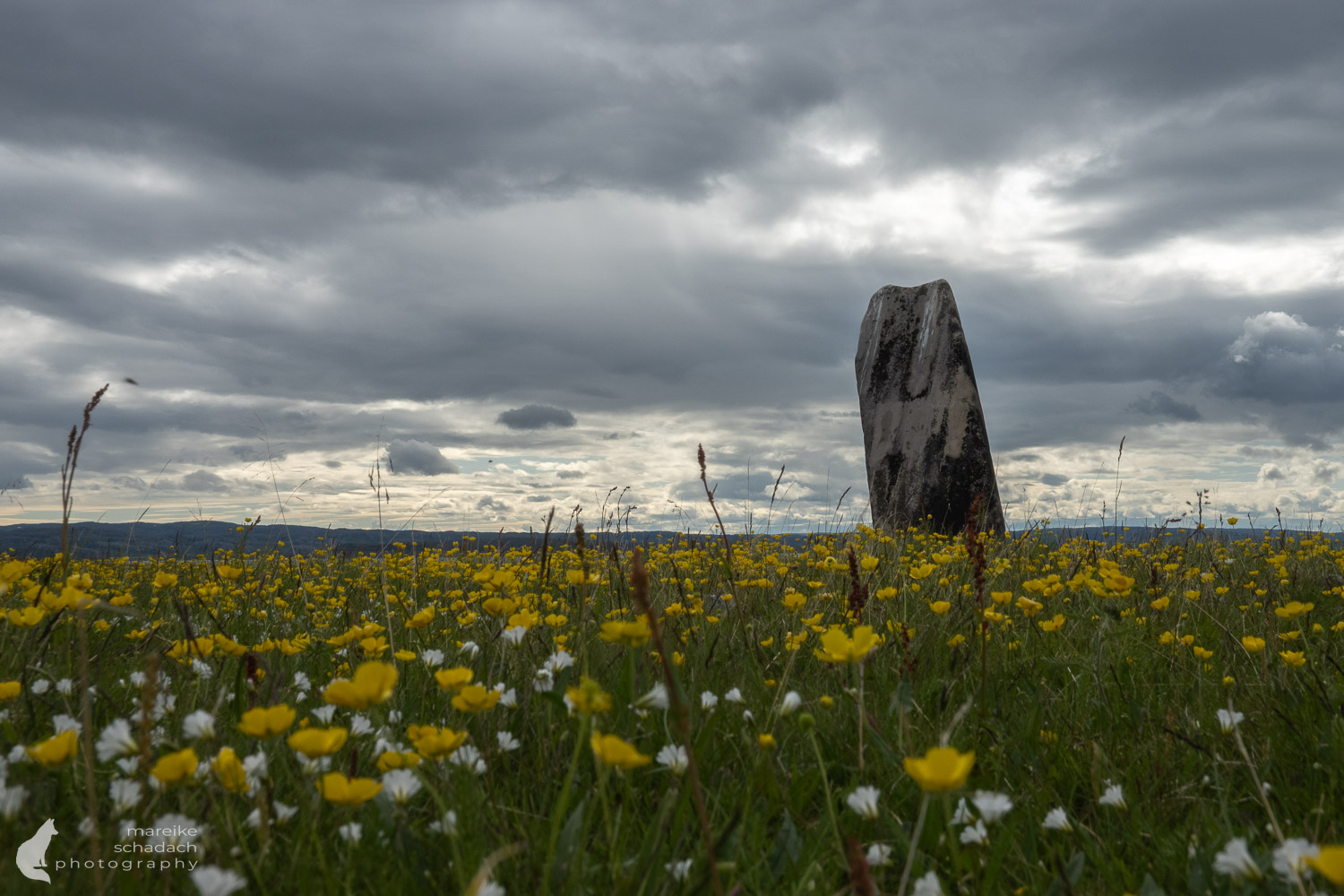
Nesseby church
Nesseby Church is located directly on the shore between two bays of Varanger Fjord. However, the wooden church not only impresses with its photogenic location, but also with its history:
Nesseby Church dates back to 1858 and is the only church in eastern Finnmark that was not destroyed during the Second World War. How was it saved? A legend tells the story: Sverre Raddum was the vicar during the war. The tall, strong man was known as a tough guy. When the Germans wanted to burn down the church in Nesseby, Sverre stood on the steps and waited with his priest's collar around his neck and wouldn't let them in. He said in German: “If someone goes into the church or a place of worship with evil thoughts, he is guaranteed to be punished by higher powers”. The Germans gave up and the church was saved.
The area around Nesseby church is a designated nature reserve. It is well worth a walk. With a bit of luck, waders, ducks, geese, gulls and birds of prey can be observed here.
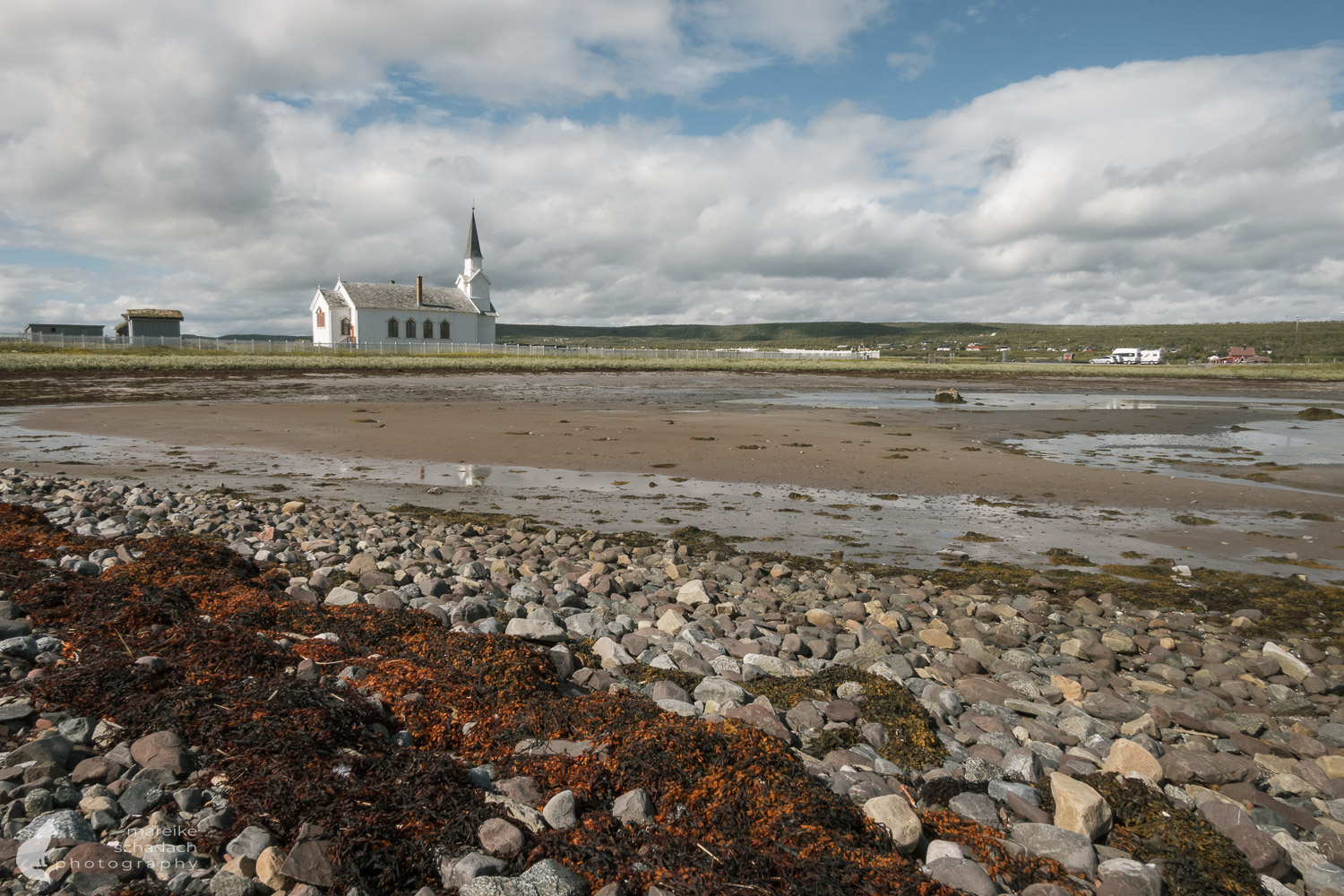
Airship mast at Vadsø
The town of Vadsø, with a population of around 5500, is known as the Kven capital of Norway due to the wave of Finnish immigrants in the 18th and 19th centuries. The local museum has an exhibition on Kven culture and the history of the region.
For me personally, the most interesting thing was that Vadsø was the starting point for Amundsen and Nobile's exploratory flights towards the North Pole. The airship mast is a reminder of this time of the great polar explorers.
The airship “Norge” moored at the airship mast in 1926. From here, “The Amundsen - Nobile - Ellsworth Transpolar Flight” took off over Spitsbergen and the North Pole to Alaska. In 1928, the airship “Italia” landed here with Umberto Nobile on its way to the North Pole. On the way back, the airship had an accident and a rescue operation began, during which the polar explorer Amundsen died.
The airship mast is part of the two-kilometer Vadsø Cultural Trail. This leads past other historical remains from the Middle Ages and the Second World War.
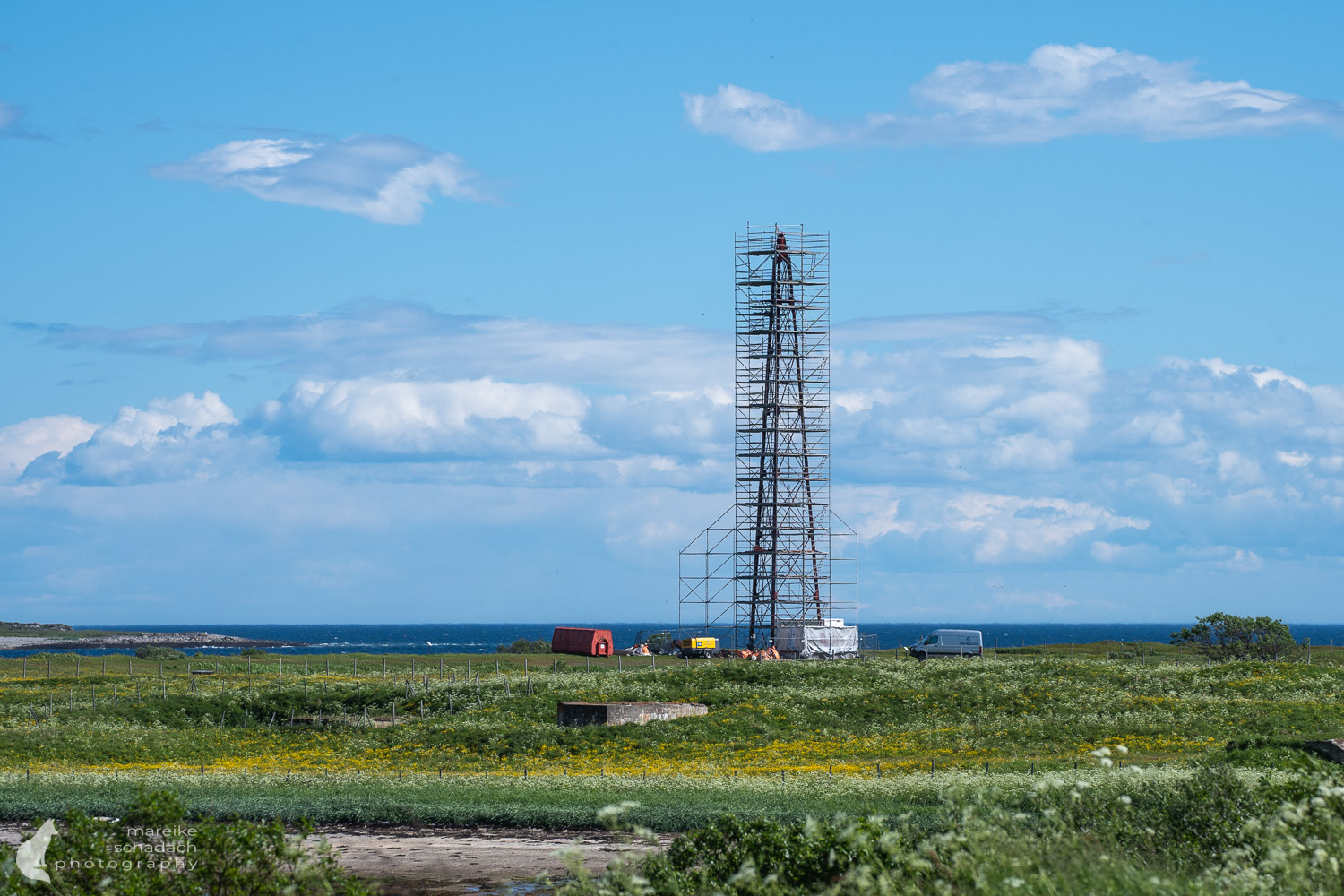
Ekkerøy - Beach and Birds on the Varanger Fjord
Ekkerøy is a small, tranquil peninsula and a worthwhile destination for birdwatchers and beach lovers. A wide sandy beach connects the former island with the mainland and is a perfect place for a lunch break.
If you want to go to the bird cliffs, drive a little further and park your car directly at the trailhead. Two circular trails of different lengths (1.5 km or 7 km) lead from here through the nature reserve. During the breeding season from May to September, up to 20,000 pairs of kittiwakes nest on the bird cliffs. Herring gulls, great black-backed gulls, and ravens also use the cliffs as a nesting site. The rich feeding grounds around the bird cliff also attract other bird species such as white-tailed eagles, gyrfalcons, buzzards, kestrels and merlins.
The settlement of Ekkerøy was not destroyed during the Second World War. The former fish factory now houses a museum.
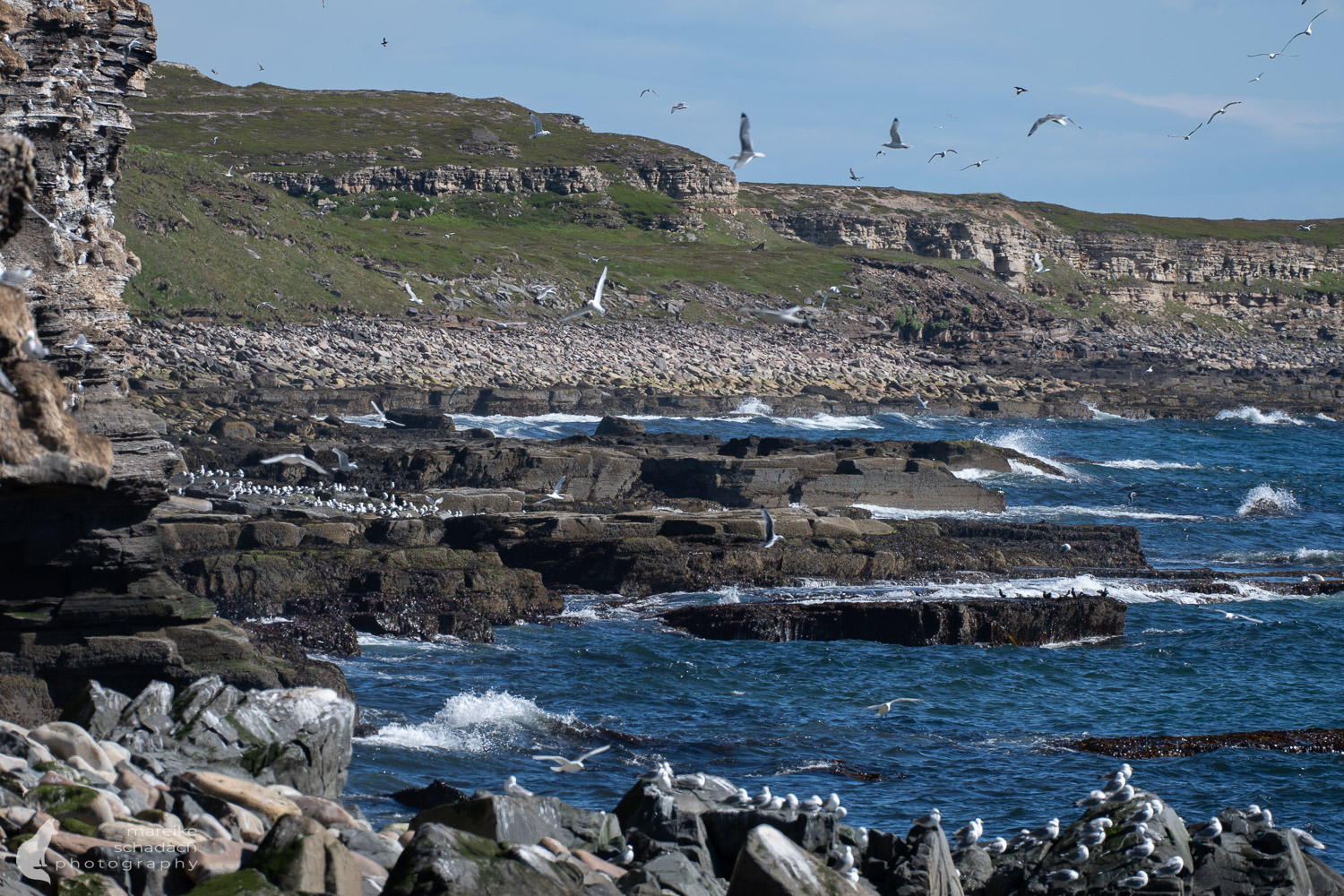
Kittywake Hotel and War Relics on Varanger Fjord
Have you ever seen a Kittywake Hotel? No? Then you have the opportunity to do so at Kiberg harbor.
Kiberg was one of the largest fishing communities in the region in the 16th and 17th centuries and played an important role in the Pomeranian trade. During the Second World War, the village was of strategic importance due to its proximity to Russia, as up to 45 partisans worked here for the Soviet Union. The Partisan Museum tells of the local events of the Second World War. The remains of bunkers can still be found on the mountain above the harbor, bearing witness to history.
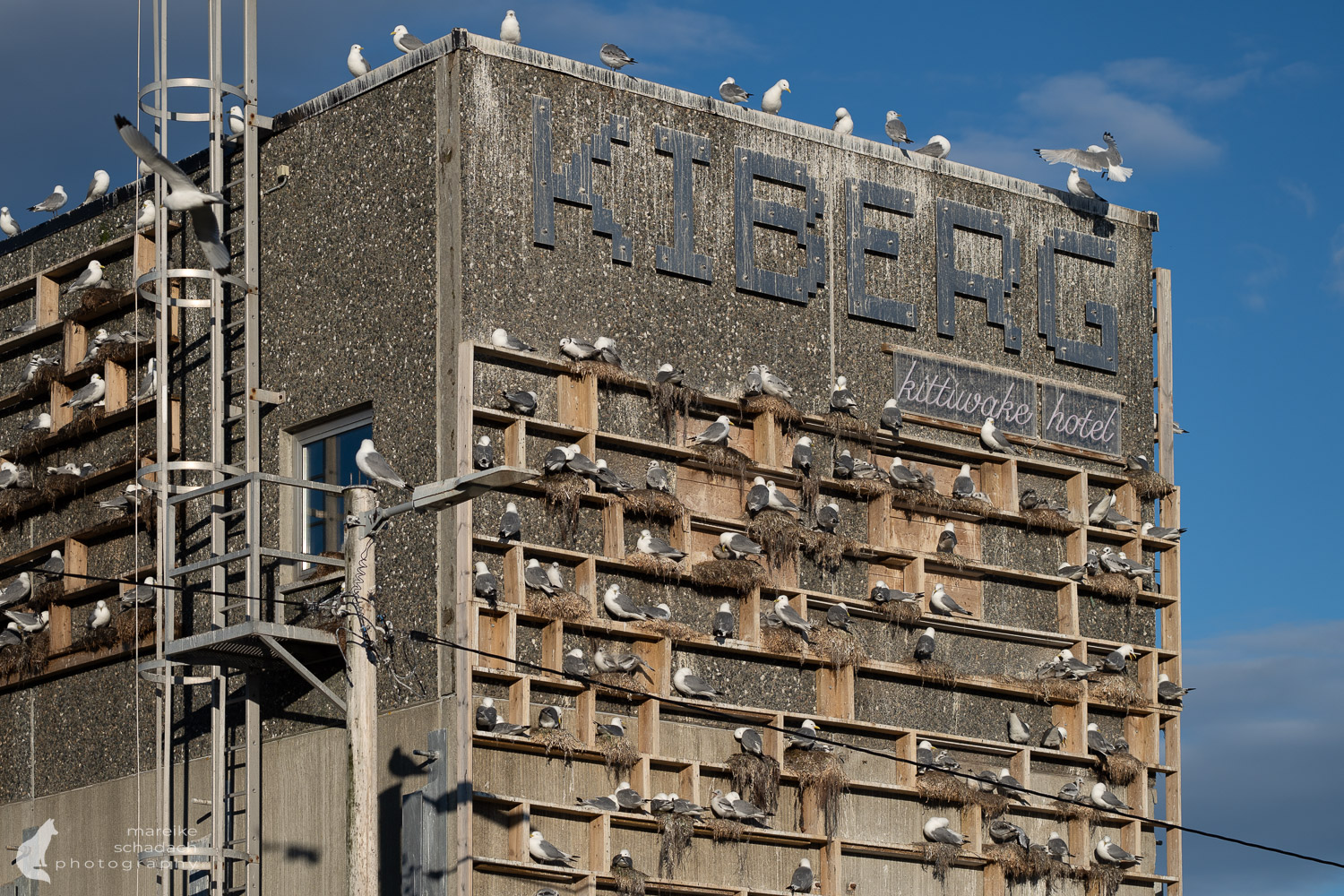
Heksefjellet (witches' mountain) Domen
On the way from Kiberg to Vardø, you will pass Mount Domen. A particularly eye-catching windbreak by the architect's “Biotop” in white with pink glazing invites you to linger. It is said that witches met with the devil, danced, drank, and held ceremonies here on Mount Domen. The devil is said to have lived in a cave here. Was this perhaps even the entrance to hell? From Domen you have a magnificent view of the fjord, the open sea and the small town of Vardø.
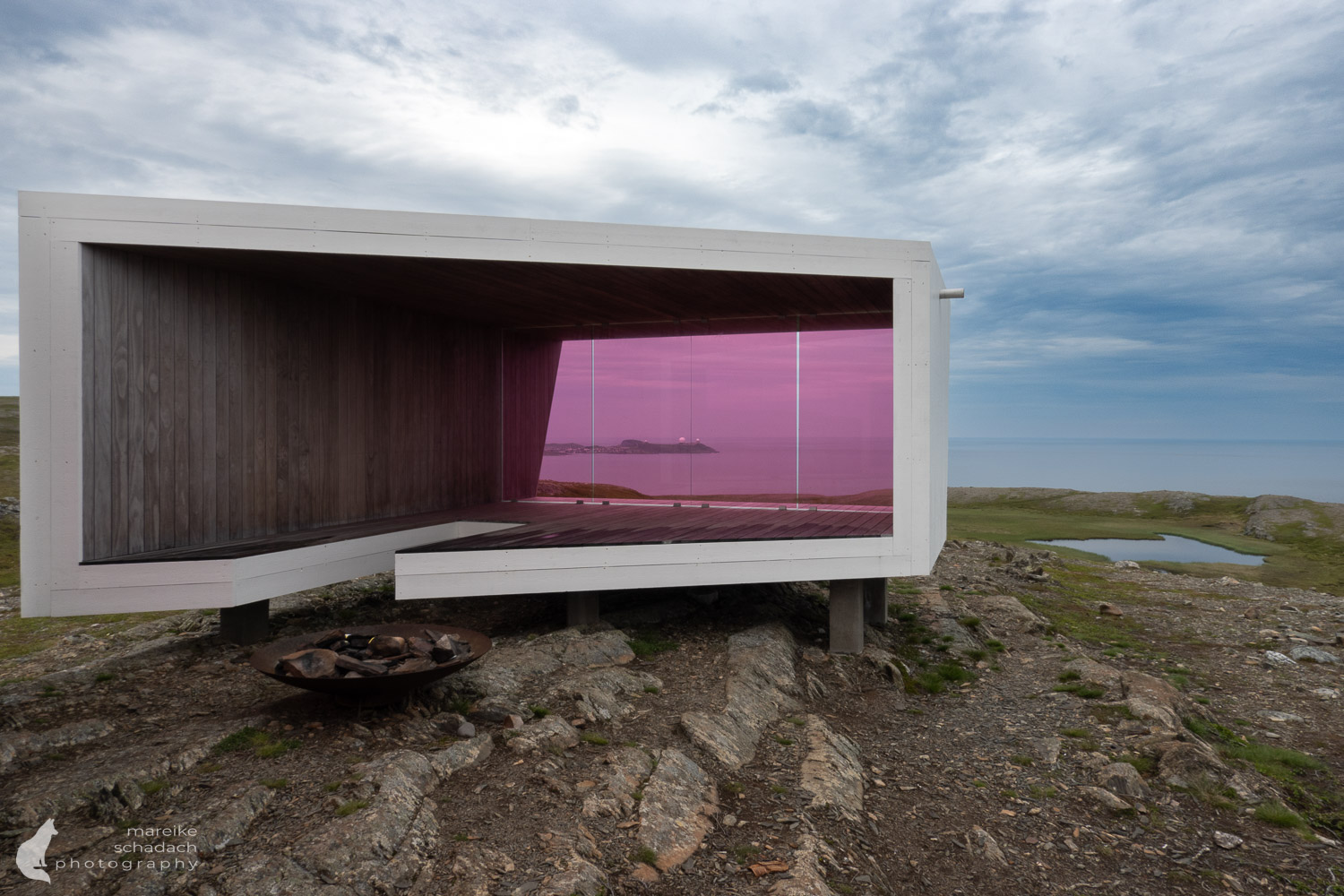
Vardø: Witches, Street Art, Birdwatching
Vardø is the easternmost town in Norway and, along with Hammerfest, it is also the oldest town in northern Norway. Vardø is also the only town on the Norwegian mainland that lies in the Arctic climate zone. This means that the average monthly temperature in July is below 10° Celsius. The most popular sights in Vardø are the memorial to the burning of witches, the Drakkar-Leviathan whale statue, the Vardøhus fortress, and the Pomor Museum, which is dedicated to the history of trade between Norway and Russia in the late 19th/early 20th century.

Vardøhus Fortress in Vardø
The fortress was completed in 1738 and contains buildings from before 1825. Today it is under the command of the Norwegian Armed Forces and is open to visitors during the day. During the Second World War, the fortress was the last place in Norway to surrender to the Nazis. The town was occupied for five years afterward. Vardøhus Fortress is the northernmost fortress in the world.
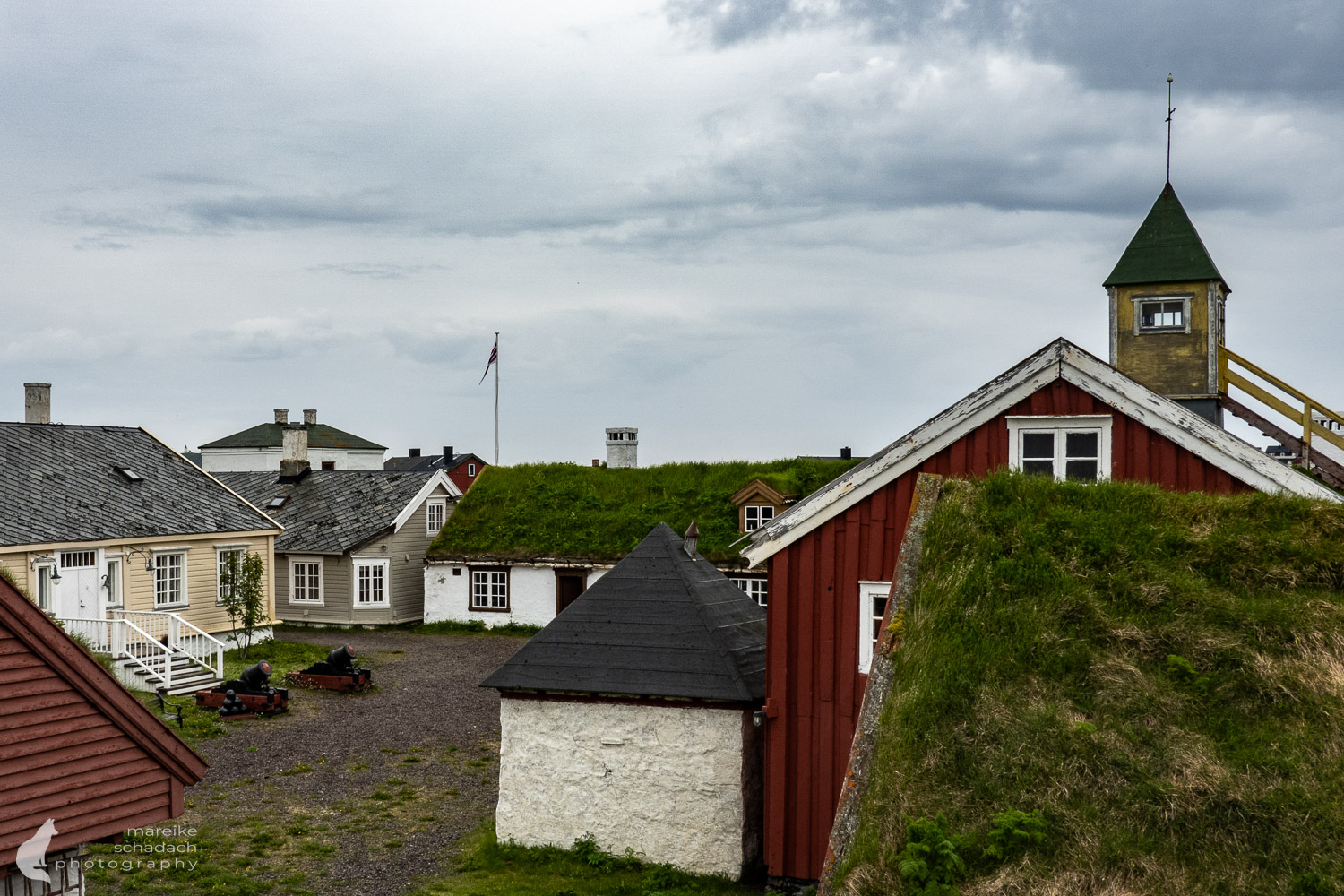
Steilneset - in Memory of the Burning of Witches
The area around Vardø was one of the worst in terms of the extent of the brutal witch hunts. The Steilneset memorial in Vardø was erected in memory of the 91 people who were found guilty of witchcraft and burned at the stake. A 100-meter-long corridor tells the stories of the individuals. The texts are based on the old court records. The corridor leads to a room in the middle of which a chair is burning. The flames multiply in hanging mirrors.
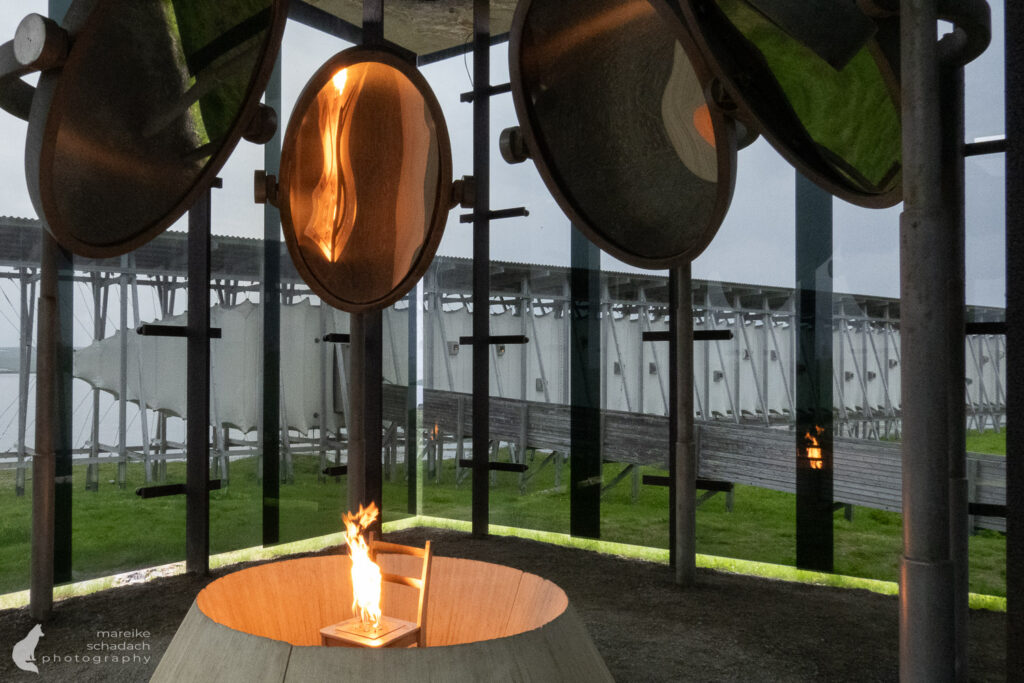
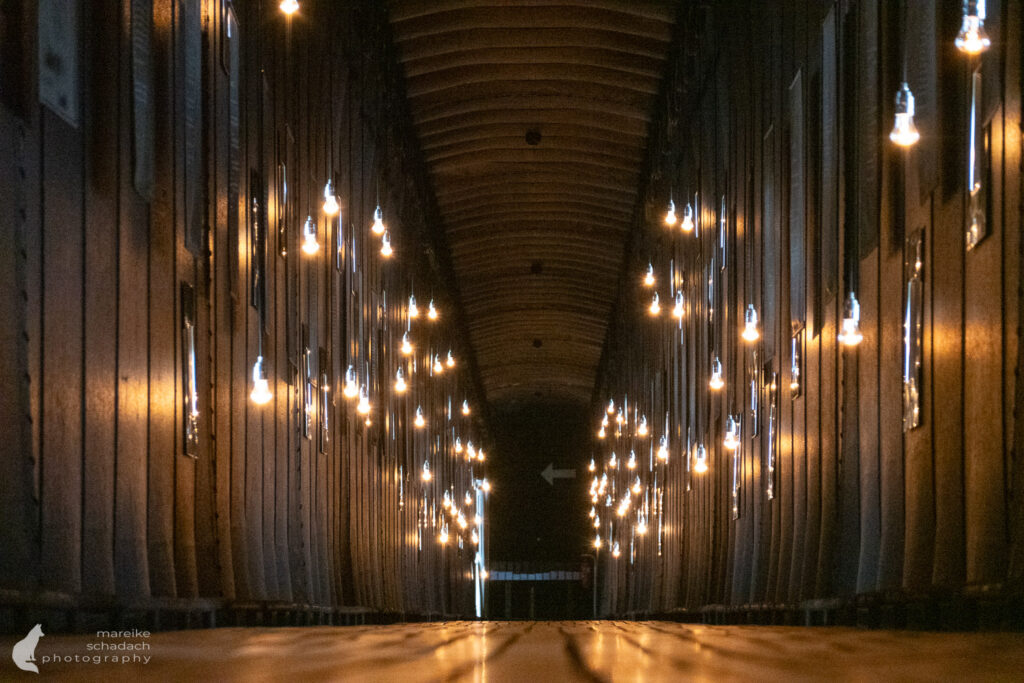
Street Art in Vardo
Vardø was once a lively fishing community. But the town's population halved between the 1960s and 2000s, partly due to the collapse of the fishing industry.
Many traditional wooden buildings stood empty and were abandoned. Although they are empty, these listed buildings all have owners who often cannot afford to restore them properly. The idea of the street art project in 2012 was that the art created on these buildings could awaken them from their coma, which gave the art festival its name: “Komafest”.


Hornøya - Birdwatcher's Paradise in the Varanger Fjord
Varanger is one of the 100 best destinations in the world for birdwatching. No other place offers such easy access to the Arctic birdlife. The island of Hornøya in particular is considered a birdwatcher's paradise.
From the port of Vardo, you can cross over to the island of Hornøya several times a day. Incidentally, this was the main reason for my trip to Varanger Fjord. What is there here? Thousands of breeding birds and a path that takes you right through the middle of the breeding colonies. Puffins, shags, guillemots, razorbills, kittiwakes, and many other species breed here close together and try to drown each other out with loud squawking. For the sake of the animals, the path must not be left. At the end of the path, there is a lighthouse where you can spend the night.
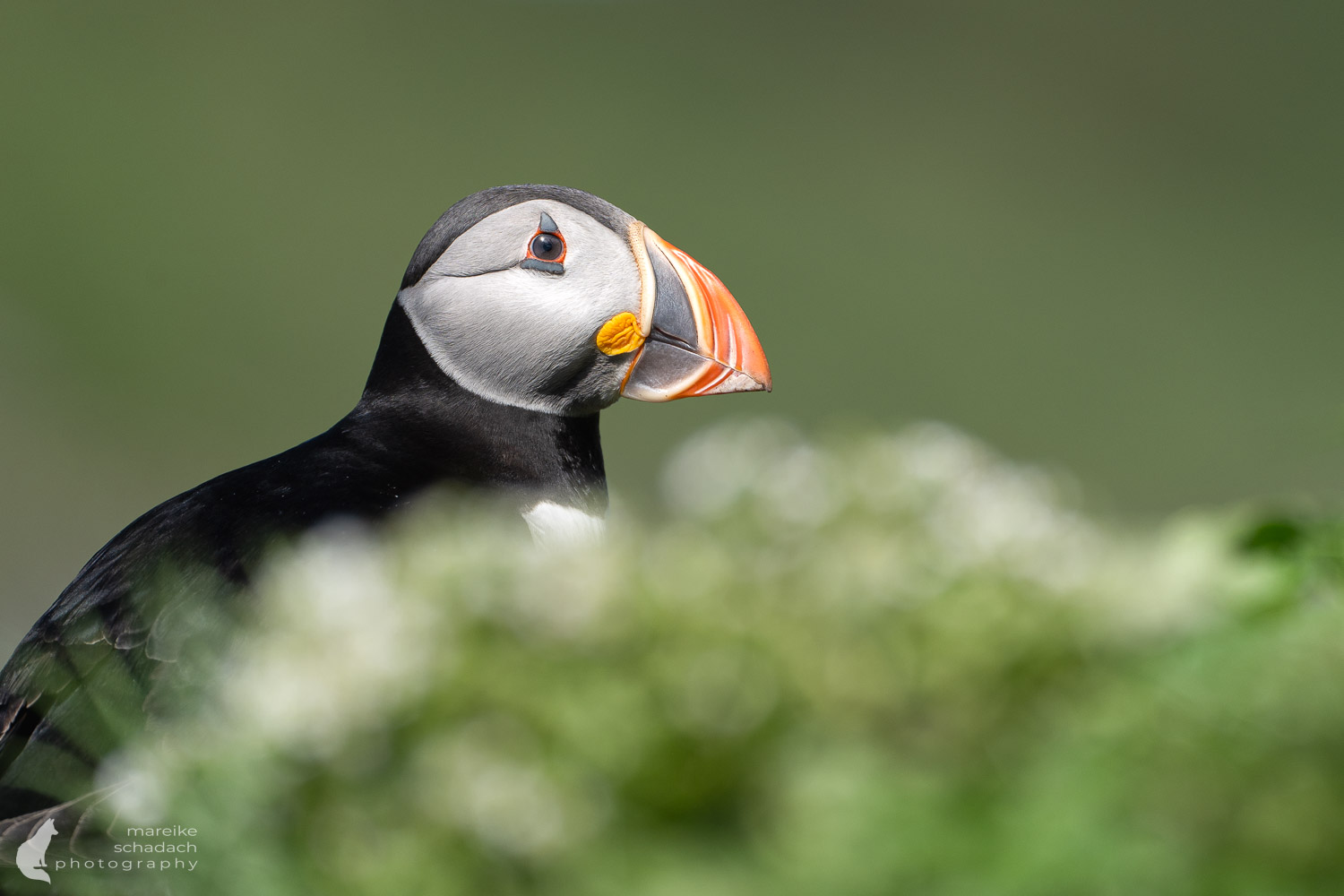
Nordpol Kro
Nordpol Kro, located at the harbor, has been around since the middle of the 19th century. This makes it Northern Norway's oldest inn. It is very cozy and you feel like you have been transported back in time when you enter. In 1889, the polar explorer Fritjof Nansen is said to have had his last accommodation here before setting off on the Fram 2 expedition to the North Pole.
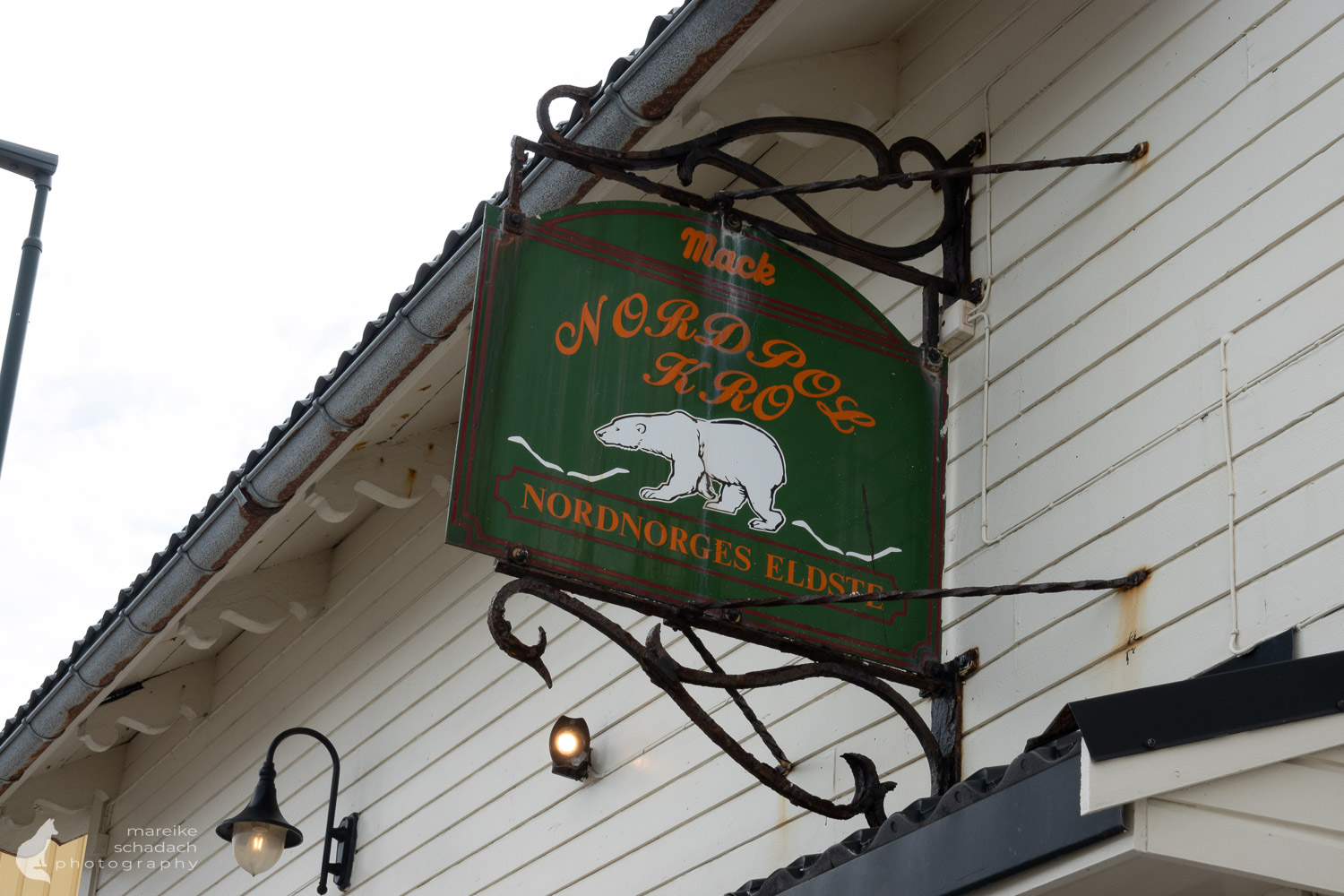
Modern Architecture meets Birdwatching
There are several architectural highlights by Biotop spread across the Varanger peninsula. The architects specialize in photo hides and wind shelters. You will find Biotop birdwatching huts in Vestre Jakobselv, Vadsø, on the island of Ekkerøya, Kiberg, at the Domen witches' dance site, on the island of Hornøya, at the tip of the Steilnesodden headland and in Hamningberg.
Hamningberg, the abandoned Fishing Village at the End of the Road
Hamningberg is an abandoned fishing village. Many of the colorful wooden buildings date from before the Second World War. At that time, around 700 people lived here and the village was one of the largest fishing communities in Finnmark and participated in the Pomor trade. The last three inhabitants left Hamningberg in 1978, but today the settlement is a summer vacation resort and by no means looks deserted.
You can easily plan a whole day for the trip to Hamningberg. The scenery becomes more spectacular with every kilometer and photo stops and breaks to take in the rocky lunar landscape are a must. For example, the beach at Sandfjordneset, where there is even a table and chairs.
The colorful wooden houses of Hamningberg are particularly pretty to look at from the opposite shore. There is a small café with a terrace and a hiking trail to the fortress ruins on the mountain. If you want to stay here overnight, you can do so at the campsite to the west of the village.

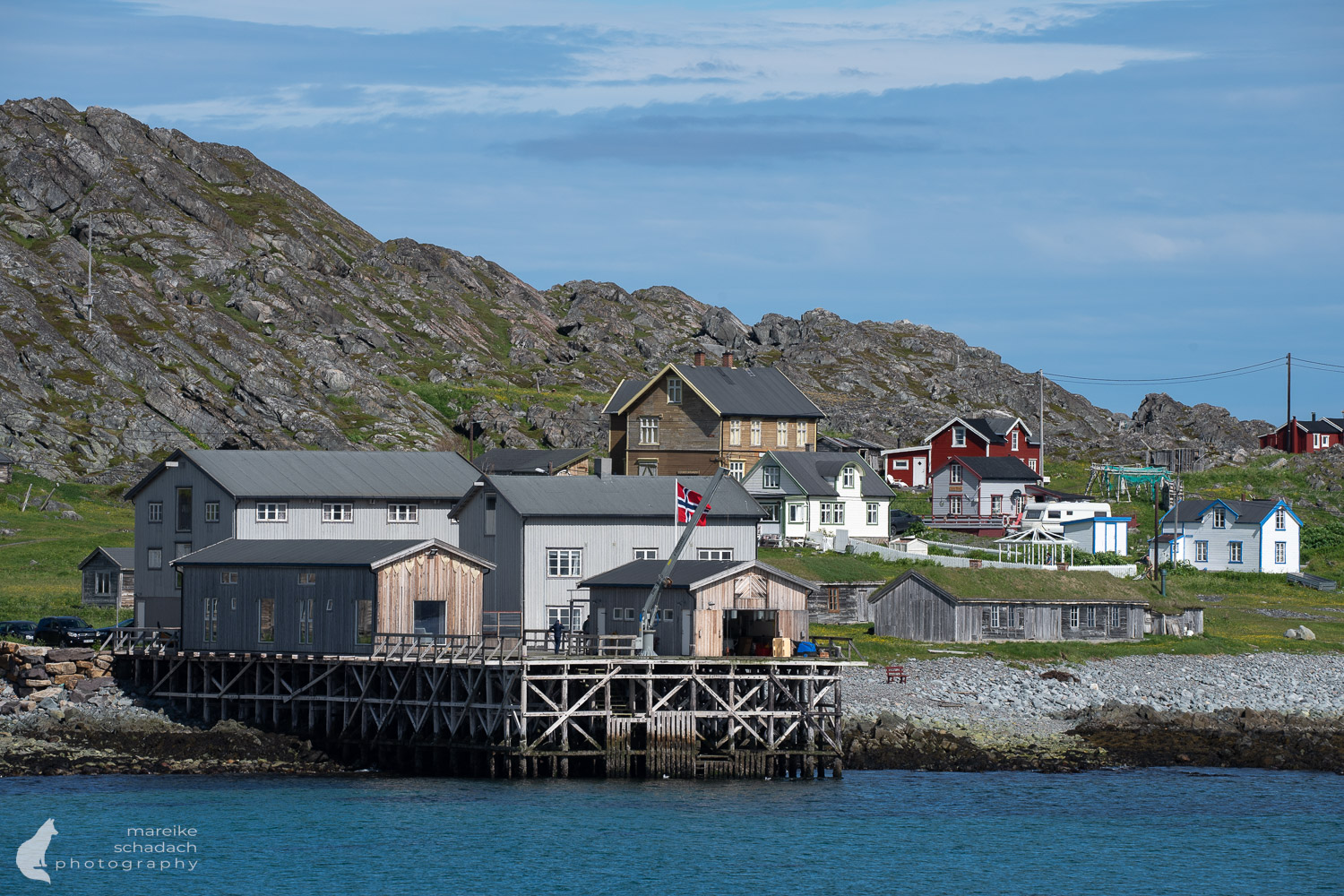
Reindeer
In my opinion, the main attraction of Hamningberg was the reindeer, which roamed in small groups between the mountains, the village, and the beach. On a warm summer's day, they were probably looking for a little refreshment by the sea. I imitated the reindeer and also went into the cold water of the Barents Sea. Once you're in, it's not that cold anymore.
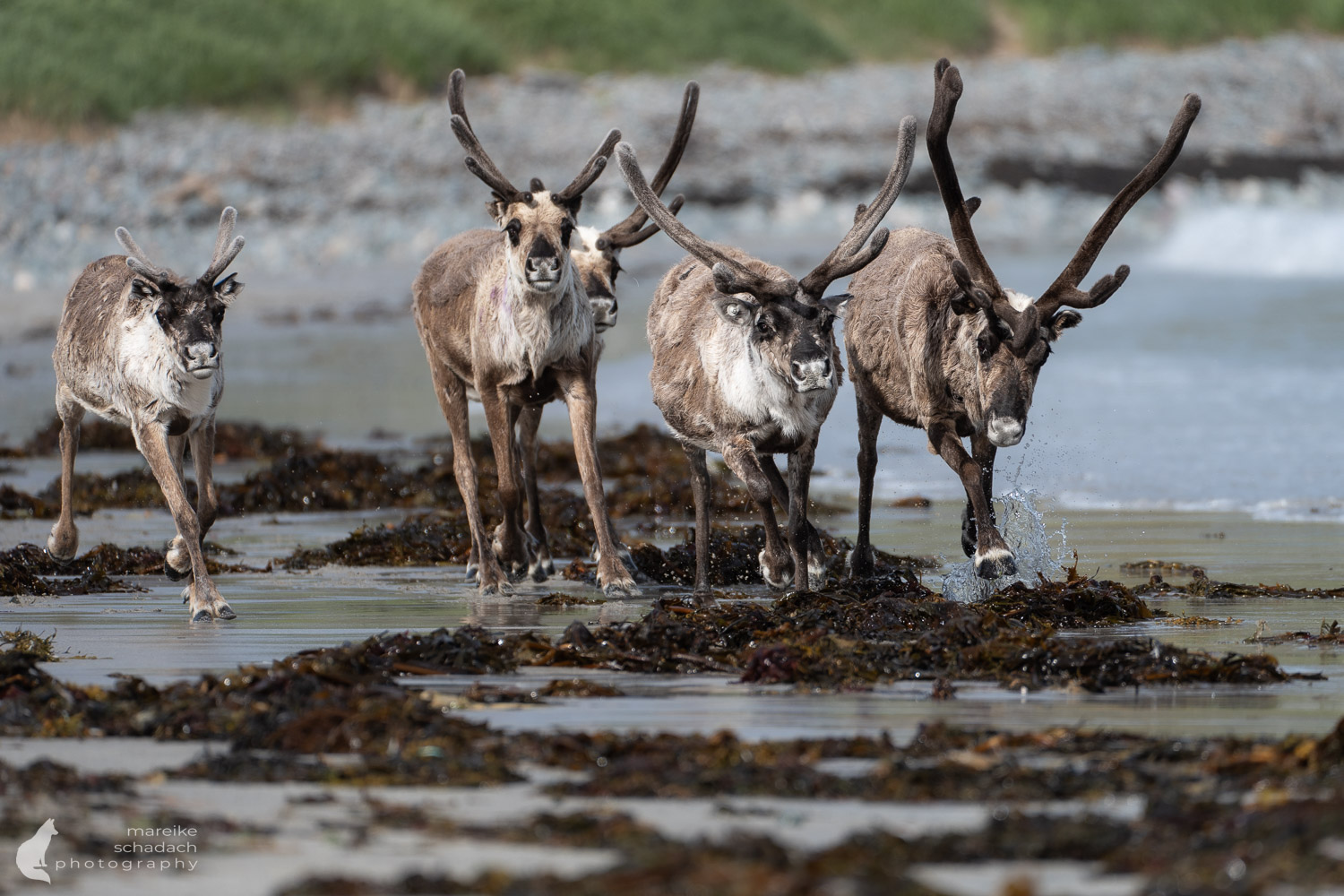
Nowhere else in Norway, Sweden, or Finland have I seen so many reindeer as here on the Varanger peninsula. About halfway along the Scenic Route, herds kept roaming left and right of the road. At one point, even our accommodation was surrounded by a grazing herd. The most photogenic, however, were the reindeer at the Hamningberg stand.
Book recommendations for Norway
You want to know where the journey goes? Then I can recommend these books*.
You can order the books with a click on the pictures on Amazon. If you buy a product via an affiliate link, I get a small commission, and you help me to keep filling Fernweh-Motive with interesting articles. The product will not be more expensive for you, and you will do me a huge favor.
Do you want to know when there are new articles on my blog? Then follow me on Facebook, Pinterest or Instagram. I would also be very happy if you share my article with your friends.
Recommendations for further Reading
Do you love the north as much as I do? Then you might also be interested in my articles about my Husky Guide Training – Two Months with Hetta Huskies in Finland or about Trekking on the Laugavegur in Iceland.
